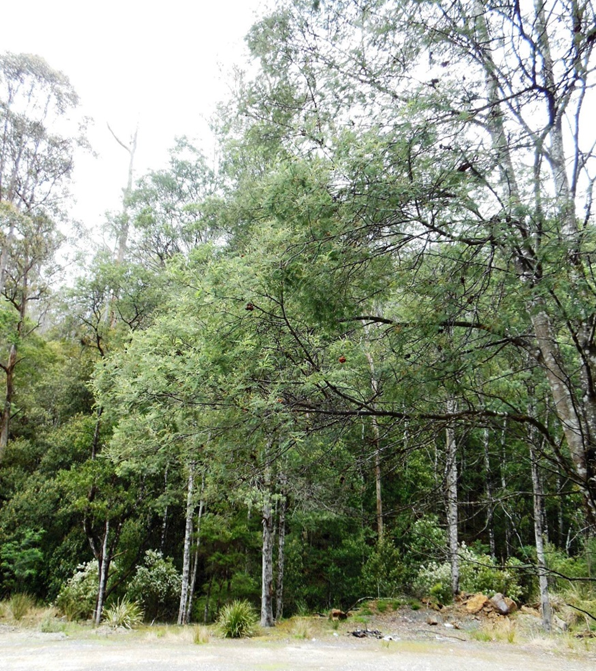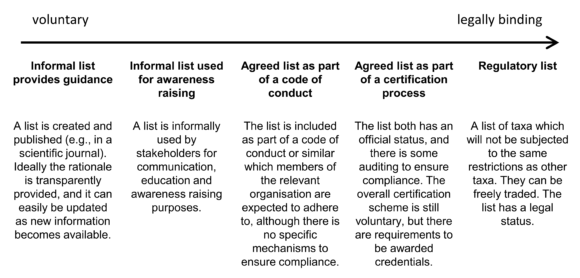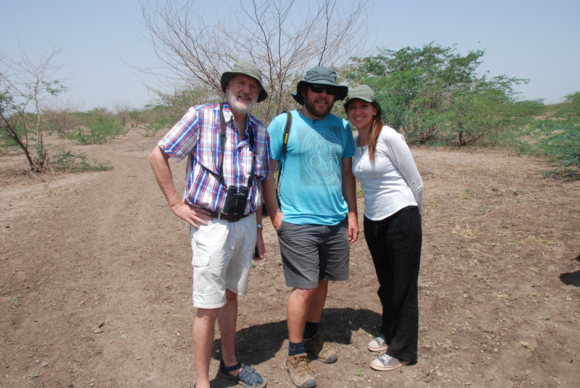14 September 2018 | By Heidi Hirsch
In a recent paper published in the journal Tree Genetics & Genomes, C·I·B post-doctoral associate, Heidi Hirsch, and co-authors investigated the genetic structure among the native populations of the Australian tree Acacia dealbata, commonly known as silver wattle. The paper was co-authored by C·I·B core team members, Jaco Le Roux and Dave Richardson.

The study links to a previous paper published by Hirsch and colleagues in 2017, which highlighted how taxonomic uncertainties can complicate inferences in invasion biology. Silver wattle is native to the eastern and south-eastern parts of mainland Australia and Tasmania, and is an important invasive species globally, including in South Africa. The species was previously thought to comprise two subspecies, which differ in their environmental requirements and morphological traits.
In her previous study, Hirsch used niche modelling and DNA sequencing approaches and could not detect any signs of a taxonomical differentiation within silver wattle in its native range. It is, however, likely that such a differentiation happened only relatively recently and is therefore not detectable in the conservative DNA regions that were sequenced. Consequently, the latest study by Hirsch and co-authors used a fine-scale population genetic analysis based on hypervariable microsatellite markers to investigate the genetic structure of native silver wattle populations in more detail. Even using this approach it was not possible to differentiate the two putative subspecies of silver wattle in Australia. Rather, the work showed that there are two geographically distinct genetic clusters, corresponding to populations in the Australian mainland and in Tasmania. Formal subspecies descriptions of silver wattle are therefore not valid and the work suggests that morphological differences within the species’ native range are more likely to be explained by high levels of phenotypic plasticity.
Hirsch explains, “Again, we were not able to find genetic evidence for a taxonomic subdivision of silver wattle and, based on these results, I think a taxonomic revision for Acacia dealbata is necessary. The identified genetic structure among the native populations, however, provides information that can be of importance for conservation managers in Australia where the species is used for local restoration plantings. Moreover, the results are important for investigations on the species invasion history in South Africa – this will be the focus of our ongoing studies.”
Read the articles by Hirsch and colleagues:
Hirsch, H., Richardson, D.M., Impson, F.A.C., Kleinjan, C., Le Roux, J.J. (2018) Historical range contraction, and not taxonomy, explains the contemporary genetic structure of the Australian tree Acacia dealbata Link. Tree Genetics & Genomes 14:49 (DOI: doi.org/10.1007/s11295-018-1262-0)
Please contact Heidi Hirsch at heidihirsch71@gmail.com for further information.



